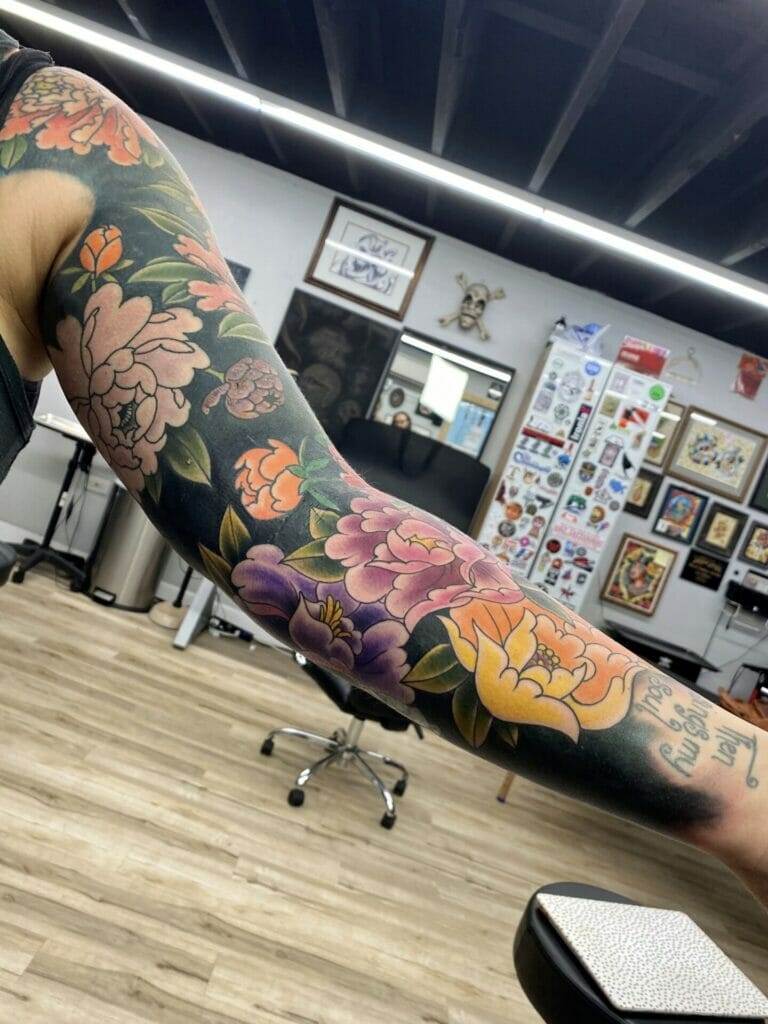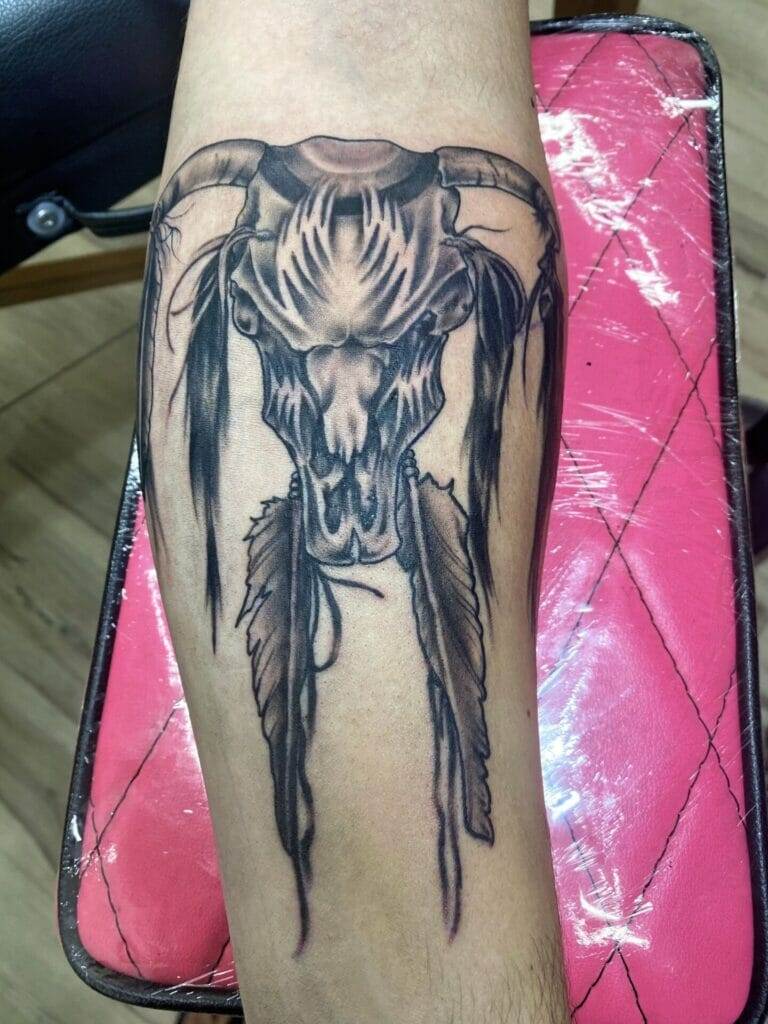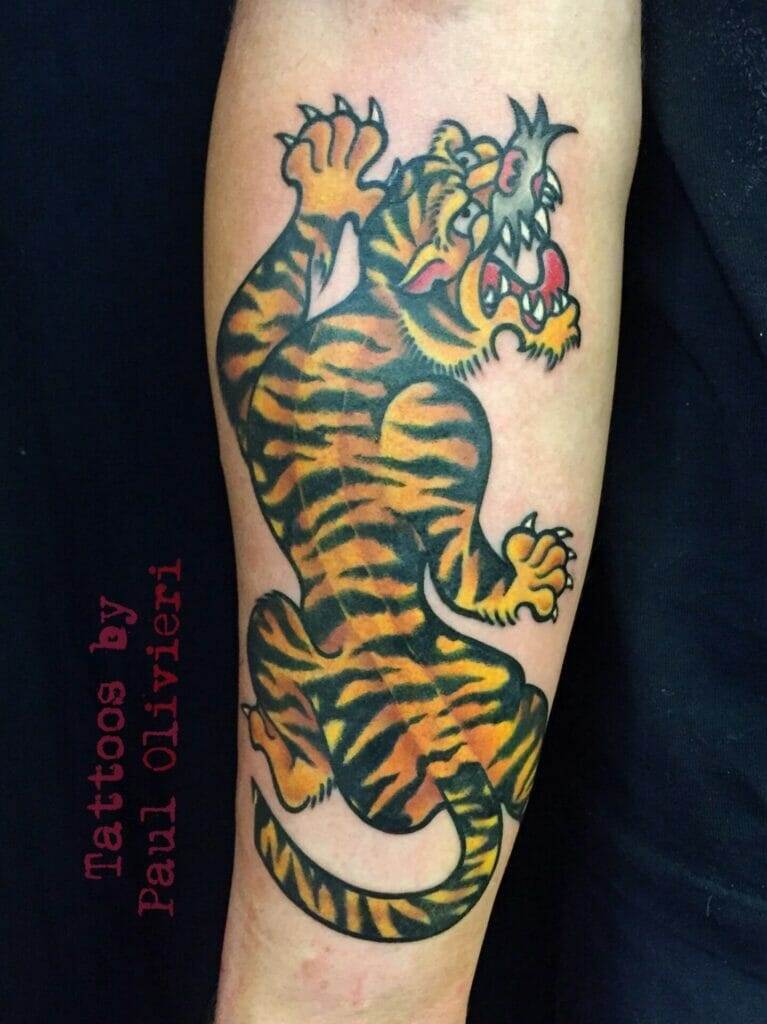Tattoos have been a part of human culture for thousands of years, serving as a form of self-expression, cultural identity, and personal storytelling. They hold deep significance for those who choose to adorn their bodies with ink, and exploring the narratives behind body art can provide valuable insights into the human experience. In this article, we will delve into the world of tattoos, uncovering the personal stories, cultural traditions, symbolism, psychology, and artistic value that make them such a fascinating and meaningful form of expression.
Tattoos as Personal Stories: Uncovering the Narrative Behind Body Art
Tattoos often serve as personal stories etched onto the skin, representing significant moments, experiences, or emotions in a person’s life. Each tattoo tells a unique narrative, capturing a moment in time or commemorating a life event. For example, someone might get a tattoo to honor the memory of a loved one who has passed away or to celebrate the birth of a child. These tattoos become permanent reminders of important milestones and serve as a way to carry those memories with them wherever they go.
One example of a tattoo that tells a story is the semicolon tattoo. This design has become a symbol for mental health awareness and represents the idea that one’s story is not over yet. People who have struggled with mental health issues or have lost loved ones to suicide often get this tattoo as a way to show solidarity and raise awareness about mental health. The semicolon tattoo is a powerful example of how body art can be used to tell personal stories and create connections within communities.
The Cultural Significance of Tattooing: A Look at Different Traditions
Tattooing holds immense cultural significance in various parts of the world. Different cultures have their own unique traditions and practices associated with tattooing, each with its own symbolism and meaning. For example, in Polynesian culture, tattoos known as “tatau” are seen as a rite of passage and a way to connect with one’s ancestors. These intricate designs tell the story of a person’s lineage and social status.
In Japan, traditional tattoos known as “irezumi” have a long history and are associated with the yakuza, the Japanese mafia. These full-body tattoos are seen as a mark of loyalty and honor within the criminal underworld. However, in recent years, there has been a shift in perception, and irezumi has become more accepted as an art form and a way to express one’s individuality.
Symbolism in Ink: Decoding the Hidden Meanings of Tattoo Designs
Tattoos are not just decorative; they often carry deeper meanings and messages. Different tattoo designs and motifs can symbolize various concepts, beliefs, or values. For example, a lotus flower tattoo is often associated with purity, enlightenment, and spiritual growth. A compass tattoo can represent guidance and direction in life. A wolf tattoo might symbolize loyalty, strength, or independence.
The meanings behind tattoo designs can vary depending on cultural context and personal interpretation. It is important to consider the symbolism behind a tattoo design before getting inked to ensure that it aligns with one’s personal beliefs and values.
The Psychology of Tattooing: Understanding the Motivations Behind Body Art
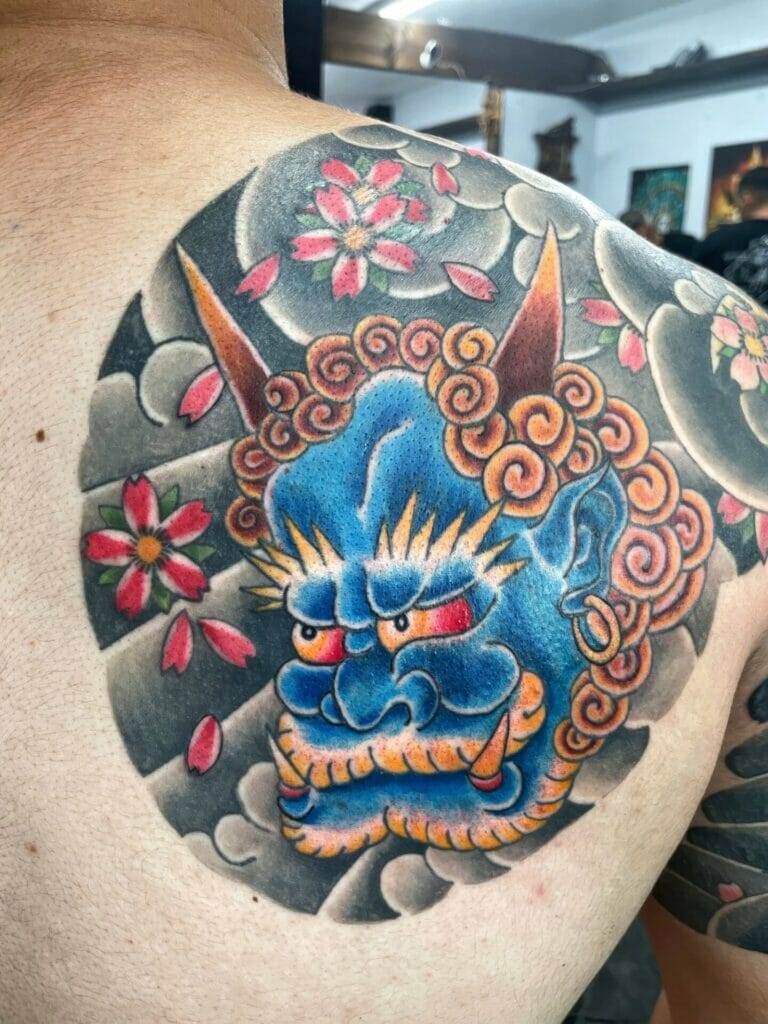
The decision to get a tattoo is often driven by psychological factors such as self-expression, identity formation, and personal growth. Tattoos can be a way for individuals to express their unique personalities, beliefs, or interests. They can serve as a form of self-empowerment or rebellion against societal norms.
For some people, getting a tattoo is a way to mark a significant life transition or overcome personal challenges. It can be a cathartic experience that helps them heal from past traumas or find closure. Tattoos can also be a way to assert one’s identity and create a sense of belonging within a particular community or subculture.
Identity and Self-Expression: How Tattoos Reflect Who We Are
Tattoos can be a powerful form of self-expression, allowing individuals to communicate their values, beliefs, and personality to the world. They serve as a visual representation of who we are and what we stand for. For example, someone with a tattoo of a feminist symbol might be expressing their commitment to gender equality. A person with a tattoo of their favorite quote might be showcasing their love for literature or philosophy.
Tattoos can also be a way to challenge societal norms and expectations. They can be a form of rebellion against mainstream culture or a way to assert one’s individuality. In this sense, tattoos become a means of self-empowerment and a way to reclaim ownership over one’s body and identity.
The Role of Memory in Tattooing: Commemorating Life Events Through Ink
Memory and nostalgia often play a significant role in the decision to get a tattoo. Tattoos can be a way to commemorate important life events, such as the birth of a child, the loss of a loved one, or a personal achievement. They serve as permanent reminders of these moments and allow individuals to carry them with them throughout their lives.
For example, someone might get a tattoo of their child’s name or birthdate as a way to honor the bond they share. Others might get tattoos that represent their cultural heritage or pay tribute to their ancestors. These tattoos become deeply personal and meaningful, serving as constant reminders of the experiences that have shaped us.
The Spiritual Dimension of Tattoos: Exploring the Sacred and Profane
Tattoos have long held spiritual and religious significance in many cultures around the world. They can be seen as a way to connect with the divine or express one’s spirituality. In some cultures, tattoos are believed to have protective or healing properties. They are seen as a form of sacred art that can bring blessings or ward off evil spirits.
For example, in Hinduism, tattoos known as “yantras” are believed to have mystical powers and are used for protection and spiritual guidance. In Buddhism, tattoos of sacred symbols such as the lotus flower or the Om symbol are seen as a way to cultivate inner peace and enlightenment.
Tattoos and Social Commentary: Using Body Art to Make a Statement
Tattoos can also be a powerful form of social commentary or political expression. They can be used to challenge societal norms, raise awareness about social issues, or express dissent. In this sense, tattoos become a means of activism and a way to make a statement.
For example, someone might get a tattoo that represents their support for a particular cause, such as LGBTQ+ rights or environmental conservation. Others might use tattoos to express their political beliefs or critique oppressive systems. Tattoos can serve as a visual medium for expressing dissent and sparking conversations about important social issues.
The Evolution of Tattooing: From Taboo to Mainstream
Tattooing has come a long way from its origins as a taboo practice associated with criminality or rebellion. In recent years, tattoos have become more mainstream and accepted in many parts of the world. They are no longer seen as a mark of deviance but rather as a form of self-expression and personal style.
This shift in perception can be attributed to various factors, including the influence of popular culture, changing societal attitudes, and the rise of tattoo artists as respected professionals. Today, tattoos are embraced by people from all walks of life, regardless of age, gender, or social status.
The Intersection of Art and Tattooing: Appreciating the Aesthetic Value of Body Art
Tattoos are not just meaningful; they can also be considered works of art. Tattoo artists are skilled craftsmen who use the human body as their canvas. They create intricate designs, blending colors and shapes to create visually stunning pieces of art.
Tattooing has also influenced other art forms, such as painting, illustration, and graphic design. Many tattoo artists have backgrounds in fine arts and bring their artistic skills and techniques to the world of tattooing. This intersection of art and tattooing has led to the creation of unique and innovative styles that push the boundaries of traditional tattooing.
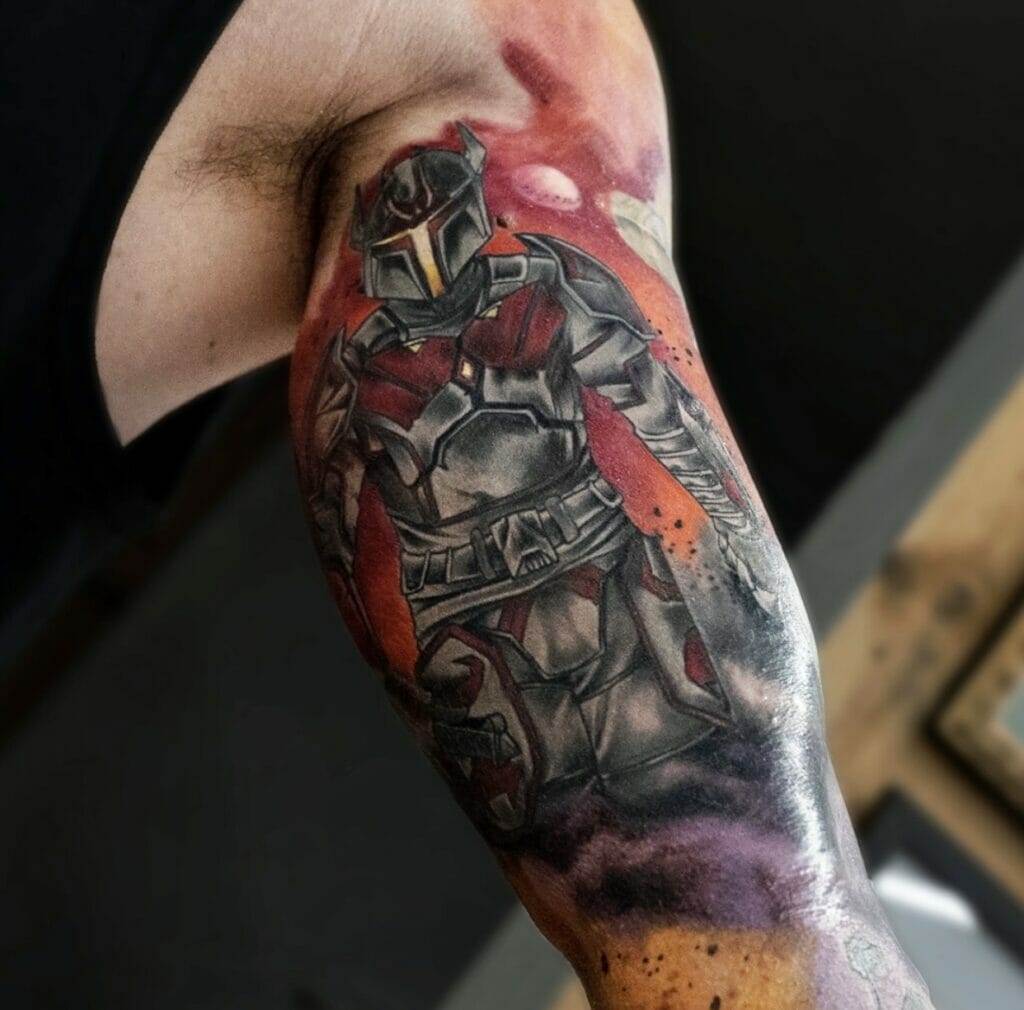
The Future of Tattooing: Trends and Innovations in the World of Ink
The world of tattooing is constantly evolving, with new trends and innovations emerging all the time. Advancements in technology have revolutionized the tattooing industry, making the process safer, more efficient, and more precise.
One of the latest trends in tattooing is the use of watercolor techniques. These tattoos mimic the look of watercolor paintings, with soft edges and vibrant colors. Another trend is minimalistic tattoos, which feature simple designs with clean lines and negative space.
In terms of technology, there have been advancements in tattoo removal techniques, making it easier for people to remove unwanted tattoos. There are also innovations in tattoo ink, such as UV-reactive ink that glows under blacklight or biodegradable ink that fades over time.
Tattoos are not just decorative; they hold deep significance for those who choose to adorn their bodies with ink. They tell personal stories, reflect cultural traditions, convey hidden meanings, and serve as a form of self-expression and identity. Understanding the narratives behind tattoos is essential for appreciating their significance and the impact they have on individuals and communities. Whether it’s a small symbol or a full-body masterpiece, each tattoo carries a unique story waiting to be uncovered.

